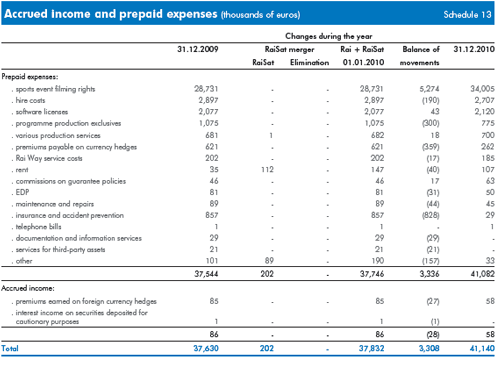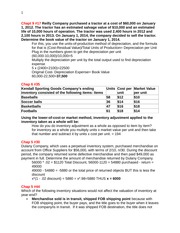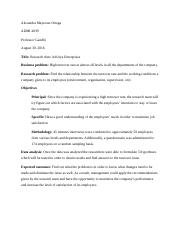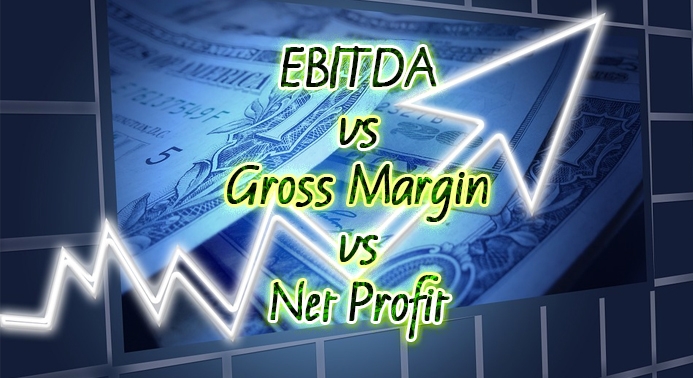
These terms mandate how long a customer has to make a payment upon receipt of an invoice. For example, a net 30 invoice indicates that a customer has 30 days to settle their payment. Reviews are not provided or commissioned by the credit card, financing and service companies that appear in this site. Net 30 is a term used on invoices to represent when the payment is due, in contrast to the date that the goods/services were delivered. When a new client signs up and sees these terms, they’ll understand that you’re serious about getting paid on time.

Commonly known as vendor credit, supplier credit, and trade credit. Vendors that report those payments to commercial credit agencies help your company establish strong business credit scores. Net terms determine how long a customer has to pay back a vendor after making a purchase.
QuickBooks Commerce: Inventory & order management software
Companies often select vendors based on their payment terms, so offering a net 30 can help you stand out from competition. Net 30 is a payment term in which the client has 30 calendar days to pay back the business, after the billing date, for the service or products they purchased. In simpler terms, a net 30 term gives the buyer 30 days to pay back, after they receive the invoice.

It indicates when the vendor wants to be paid for the service or product provided. In this case, net 30 means the vendor wants to be paid within 30 days of the invoice date. Early payment discounts are one of the most effective ways to encourage customers to pay early.
Invoicing doesn’t have to be scary
That’s why today we’ll look the most important invoicing payment terms, not just Net 30, but also Net 60, 1/10 Net 30 (1/10, n/30), Cash on delivery and many more. However, there are also many other types of payment terms that can appear on invoices that you may not be aware of. To save you time, FreshBooks offers a free download of invoice templates.
- As a business owner, when you use net 30 on an invoice to one of your customers, you encourage customers to create a positive payment history.
- Late fees for overdue invoices discourage clients from delaying their payments.
- For the seller, there is a natural risk with the customer possibly refusing to pay.
- Transit time is included in the 30 days, so if something takes a week to ship, the customer has 23 days left to pay.
- Most of the time, net 30 means the customer must pay within 30 calendar days of the invoice date.
With factoring, you can offer your customers virtually any net terms you wish, then sell your unpaid invoices to a factoring company at a discount. The factoring company provides you with instant payment and then waits for the customer to pay them. This payment term is most commonly used by larger businesses that have many different revenue sources to have payment delayed by two months. You may want to reconsider offering net 30 terms to your customers if your cash flow is limited. For small businesses with limited cash flow margins, waiting 30 days for customer payments might be too difficult. Net 30 terms are essential to include on invoices to help customers understand when you expect to be paid.
When is the first day of the “net” period?
By purchasing items you need for your business on payment terms and then paying on time, you may build a positive business credit references. Maintaining a good relationship with your vendors Net 30 payment terms can build trust and provide you with products and information that can help your business grow. In some cases, staying on top of your vendor and supplier invoices can also save you money.

If you buy a latte at your local coffee shop, you’ll most likely have to pay right there on the spot. We’d recommend using net 30 for clients you’ve already built a relationship with, or for products and services that have a high cost/value, which might need some time to compensate. No, you don’t have to give all your clients the same net 30 payment term.
Other Services
Net 30 has become a common standard for many businesses, but it’s by no means required. In fact, a seller has a right to request any payment terms— assuming the buyer also agrees. Terms of net 7, net 20, net 30, net 60, and sometimes even net 90 are relatively common.
Some may believe that the 30 days begin from the date the invoice is received. Others may think it is from the date the invoice is issued, while you (and others) may believe it starts when the work was completed or the goods were delivered. Net 30 is a standard in the business world and also common with municipalities. For example, in the UK, the client has a legal obligation to pay you within 30 days unless otherwise agreed. For the most part, small business owners and freelancers are not trained in accounting, so when they have to deal with accounting language on their invoicing, it can be difficult. On an invoice, net 15 means that full payment is due 15 days after the invoice date, at the very latest.
For example, if you and your client agree to net 30 EOM and you invoice them on May 11th, that payment will be due on June 30th—in other words, 30 days after May 31st. Net 30 end of the month (EOM) means that the payment is due 30 days after the end of the month in which you sent the invoice. We believe everyone should be able to make financial decisions with confidence. Clients might overlook your invoice, forget to pay, or in some cases not have the money to pay you on time. Luckily, you don’t have to sit back twiddling your thumbs waiting to get paid.
Melio Debuts Tool to Help Small Businesses ‘Pay Over Time’ – PYMNTS.com
Melio Debuts Tool to Help Small Businesses ‘Pay Over Time’.
Posted: Tue, 01 Aug 2023 07:00:00 GMT [source]
To find out how it works, you’ll have to check with each of the businesses you buy from. As a business that buys things, taking advantage of Net 30 terms can help you manage your cash flow (and could help you build business credit). Additionally, if you’re a B2B small business owner, offering net 30 payment terms can grant you a competitive edge.
Each one of your clients who are given net terms creates additional administrative time for each workflow. If you are experiencing a difficult time with collections, there are still ways for you to collect your receivables and decrease your DSO (Days Sales Outstanding). Simply sending reminders and notices to customers can be enough to get the payment process rolling and start collecting the amounts you are owed. In some cases (especially when there are disputes about the goods delivered), some customers may choose to only pay a portion of the total amounts outstanding.
To extend net 30 payment terms in an invoice, a seller simply needs to list the phrase ‘net 30’ within the payment terms section of the invoice. The seller then completes the rest of the invoice as normal, then delivers the invoices to their customer after goods or services have already been delivered. Any business that bills by sending an invoice rather than requesting payment upfront, may offer net terms.
One of the most common payment terms, Net 30 days (or “N/30″), means that a buyer must settle his or her account within 30 days of the date listed on the invoice. It’s important to remember that 30 days is not equivalent to one month. If your invoice is dated March 9, clients are responsible for submitting payment on or before the 8th of April. But, depending on the industry you operate in, you may see more or fewer days available as part of your credit terms agreement.
